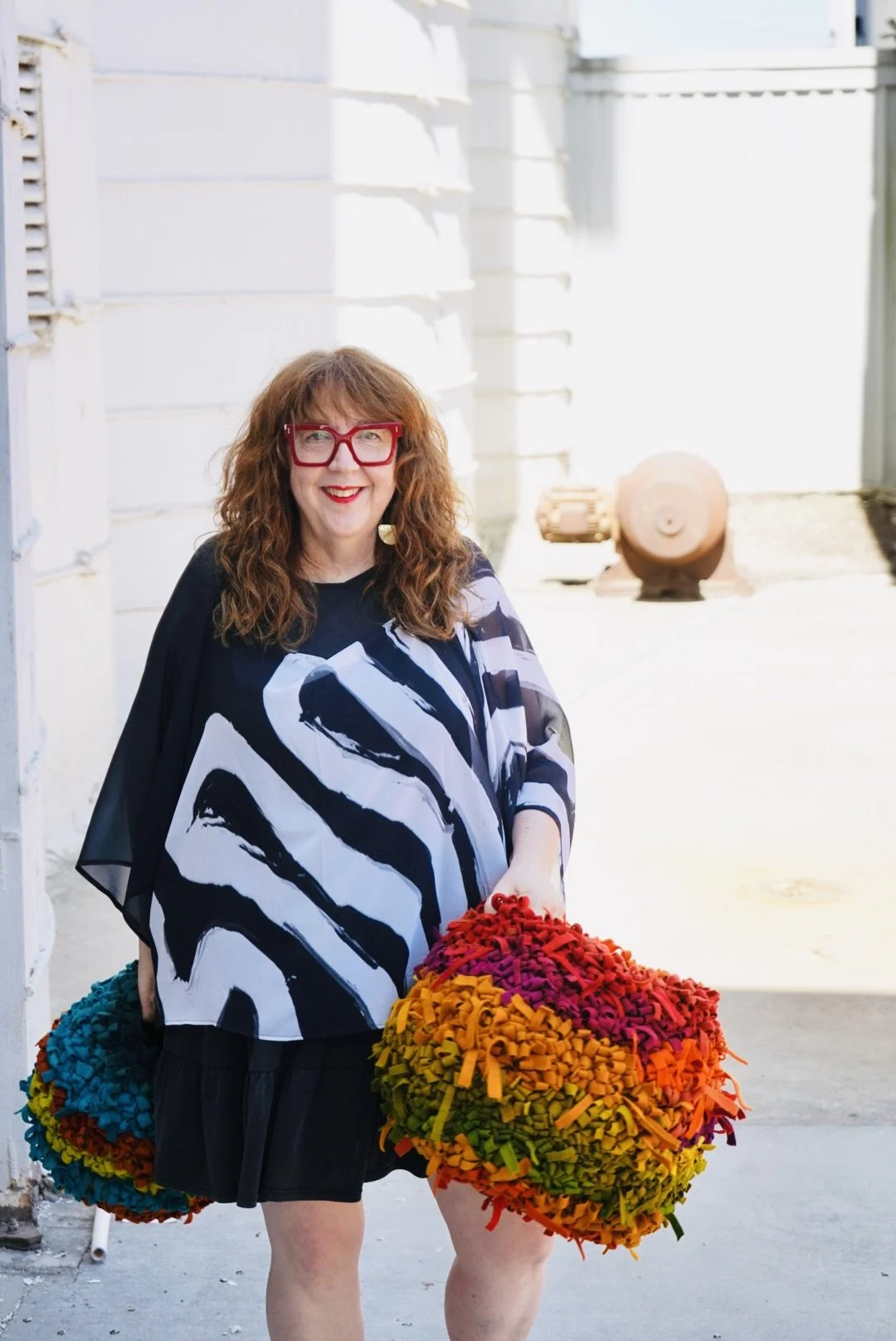Defining Contemporary Arts and Crafts
Art with spirit—this phrase describes the core of April DeConick’s exuberant artistic practice. A multidisciplinary artist working in clay, fiber, and paint, she explores how we shape ourselves—and are shaped—through the act of making and becoming.
A scholar of mysticism and longtime professor at Rice University, April creates art to express the inexpressible wonder of coming into being. Inspired by the forms, rhythms, and cycles of nature, her abstractions reflect blooming, flowing, and emergence.
Rooted in a deep love of natural materials and today’s revival of Arts and Crafts values, April’s work honors honest materials, human creativity, and objects that enrich everyday life. Her way of making connects her to generations of makers—especially the women who shaped the early Arts and Crafts movement—and to contemporary efforts to imagine more sustainable and humane ways of living.
Across all mediums, she is drawn to the aesthetics of care, what might be called hygge, and to craft traditions long undervalued in the fine art world, reclaiming these materials and methods as vital, contemporary tools for meaning-making beyond language.
April sees her work as part of a broader cultural “progressive nostalgia,” a longing not to return to the past, but to carry forward what was most humane within it—integrity, sustainability, and the joy of handmade objects—into a future shaped by new tools, new communities, and new possibilities.
Through her work, April contributes to the ongoing revaluation of craft as a vital, future-shaping practice rooted in authenticity, regional design, and her belief that making with our hands is essential to who we are and who we can become.





